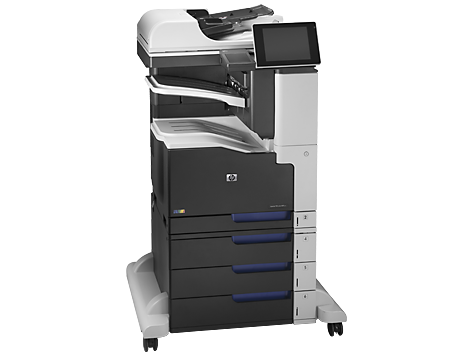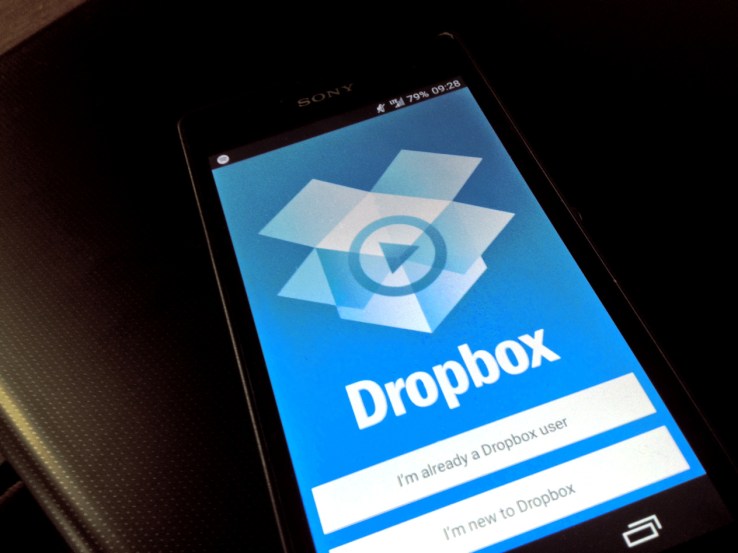What is Tech Talk?
It's your monthly dose of tech news, tips & how-tos, as well as our favorite receipes and some other web goodies.
May 2016
DEAL OF THE MONTH

May is a Star Wars month – MAY THE FOURTH BE WITH YOU!
So, what else would offer as a deal of the month than the HP LaserJet Enterprise 700 color, affectionately known in our office as THE DEATH STAR. This thing does it ALL…30 ppm, Print, copy, scan, fax and digital send, up to 11x17 media size, 4 paper trays, scan to email, auto duplex printing, 100 sheet ADF (auto document feeder). This is your all office solution to your printing needs. It comes with a 5-year warranty with options to extend your coverage, AND we have leasing options to get your payments down to as low as $159 per month!
Contact us today for a quote.
A New Hope
Product Spotlight | OneDrive
AUTHOR | Microsoft
OneDrive for Business is an integral part of Office 365 or SharePoint Server, and provides place in the cloud where you can store, share, and sync your work files. You can update and share your files from any device with OneDrive for Business. You can even work on Office documents with others at the same time.
Note: OneDrive for Business is different from OneDrive, which is intended for personal storage separate from your workplace. OneDrive for Business is also different from your Office 365 team site, which is intended for storing team or project-related documents. If you have a small business, it's ideal to set up your file storage to use OneDrive for Business and Office 365 team sites together. Read More
Dropbox’s latest idea could change the way you think about cloud storage
AUTHOR | TechCrunch

One of the problems with Dropbox and indeed all cloud storage is the way they have implemented how you view your cloud storage on your local drive. If you want to access your cloud file system in your local file management tool, you literally need to have it stored on your drive, which really defeats the idea of having cloud storage in the first place — especially on devices with smaller hard drives.
Alternatively, you could open Dropbox.com and navigate to your files in a separate interface, an approach just about everyone dislikes.
Dropbox wants to change that. Read More
Should you store your data in the cloud?
AUTHOR | Malwarebytes LABS

It’s pretty simple to understand where a file goes when you save it on your PC. It lives on your hard drive, possibly housed in a set of folders you’ve created and organized yourself. That file is only stored on your computer, unless you decide to email it to yourself or save it on an external hard drive or USB.
Now what about the cloud?
At its most basic level, “the cloud” is just fancy-talk for a network of connected servers (a server is simply a computer that provides data or services to other computers). When you save files to the cloud, they can be accessed from a computer connected to that cloud’s network. Now take that idea and multiply it to understand how the cloud works for you. The cloud is not just a few servers, but a network of many servers typically stored in a spaceship-sized warehouse—or several hundred spaceship-sized warehouses. These warehouses are guarded and managed by companies such as Google (Google Docs), Apple (iCloud), or Dropbox. Read More
trending tech news
TechSpot | Best Headphones of 2016Digital Trends | Starbucks has an emoji keyboard, so send a Frappuccino with that smiley face
Naked Security | "Locky" ransomware - what you need to know
Android Authority | Google launches MODE watch bands for Android Wear devices
TechCrunch | Skype for Business hits the Mac in Preview Mode
Tech Times | Kiddle Search Engine for Kids
